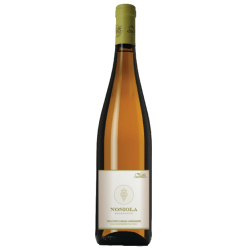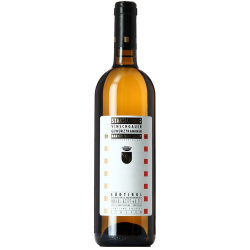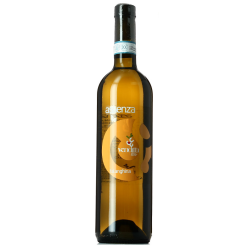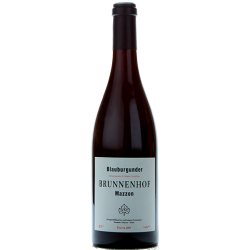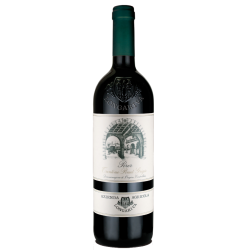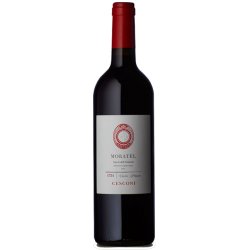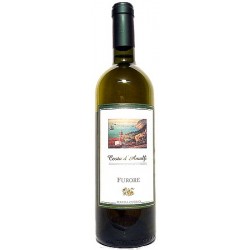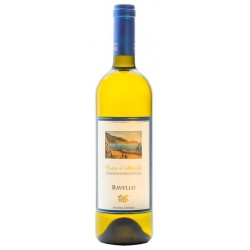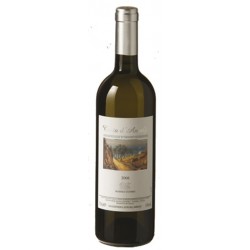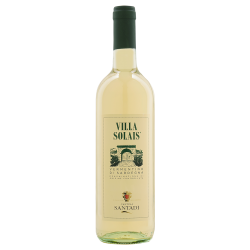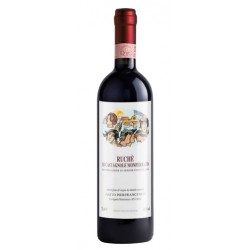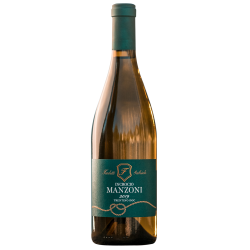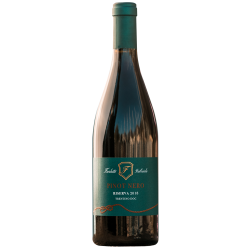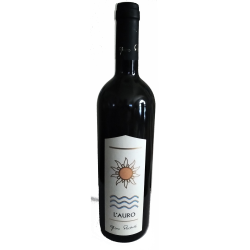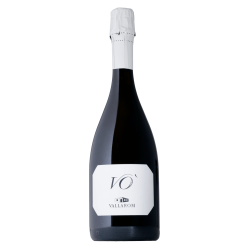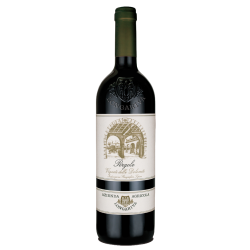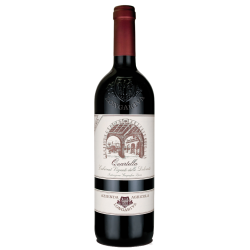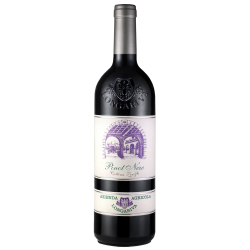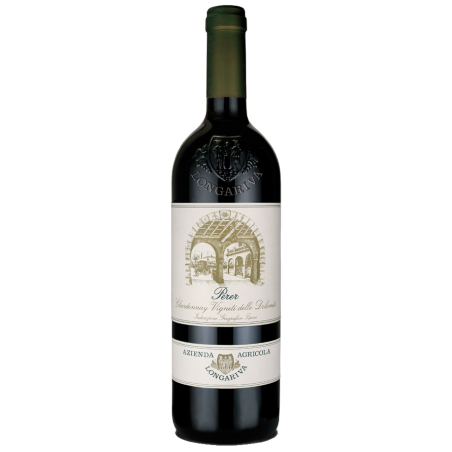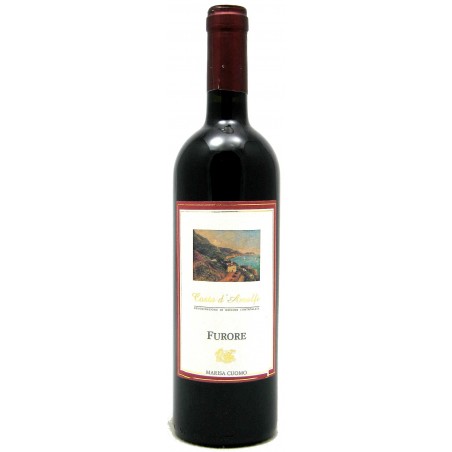No products in the cart.
Active filters
Nosiola, Vigneti delle Dolomiti IGT
The Salvetta brothers were the first to recognize the particular organoleptic characteristics of this product, and decided in 1974 to bottle with a cork stopper.
Today the organically produced Nosiola wine is a particularly structured and full-bodied wine.
Perer, Chardonnay, Vigneti delle Dolomiti IGT
Vigneto Perer is our historical vineyard: in fact the average age of vineyards is about twenty years old. Situated in “Longariva”, between Borgo Sacco and San Giorgio in the municipality of Rovereto, it is an area of about six hectares and it is cultivated on simple Trentino style pergola.
Pinot Nero, Riserva 2016, Alto Adige DOC
Every ounce of our experience, soul and energy has been invested in this wine. ‘Riserva’ stands for wine from a better year or a particular selection of grapes, aged longer than normal. In this case grapes from slow growing French vines, aged for a year in oak casks
Perer, Pinot Grigio, Vigneti delle Dolomiti IGT
Vigneto Perer is our historical vineyard: in fact the average age of vineyards is about twenty years old. Situated in “Longariva”, between Borgo Sacco and San Giorgio in the municipality of Rovereto, it is an area of about six hectares and it is cultivated on simple Trentino style pergola.
Furore Bianco, Costa d'Amalfi DOC
Grape varieties:
60% Falanghina and 40% Biancolella
Furore Rosso, Costa d'Amalfi DOC
Grape varieties:
50% Piedirosso (locally known as per ‘e palummo) and 50% Aglianico
Costa d'Amalfi DOC, Bianco
Grape varieties:
Falanghina 60% Biancolella 40%
Villa Solais, Vermentino di Sardegna DOC
From vineyards located in 5 municipalities of the lower Sulcis district, with counter-espalier training, on different types of soils.
Quartella, Cabernet Riserva, Vigneti delle Dolomiti IGT
Grapes: 80% Cabernet Franc 20% Cabernet Sauvignon
Pinot Nero, Collina Zinzèle, Vigneti delle Dolomiti IGT
After an old terraced vineyard had been recalimed in 1991, and the soil renewed, with the aid of technological innovations, the hillside slope was densely planted with low vines. “Collina Zinzèle” was thus created with the vines growing on the steepest side of the slope in order to achieve a limited yield of superior grapes from every vine.

.png)
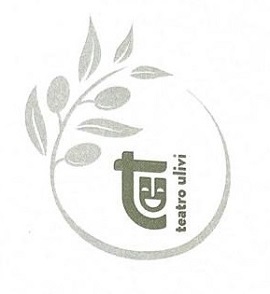

 - Copia.png)

 - Copia.jpg)


